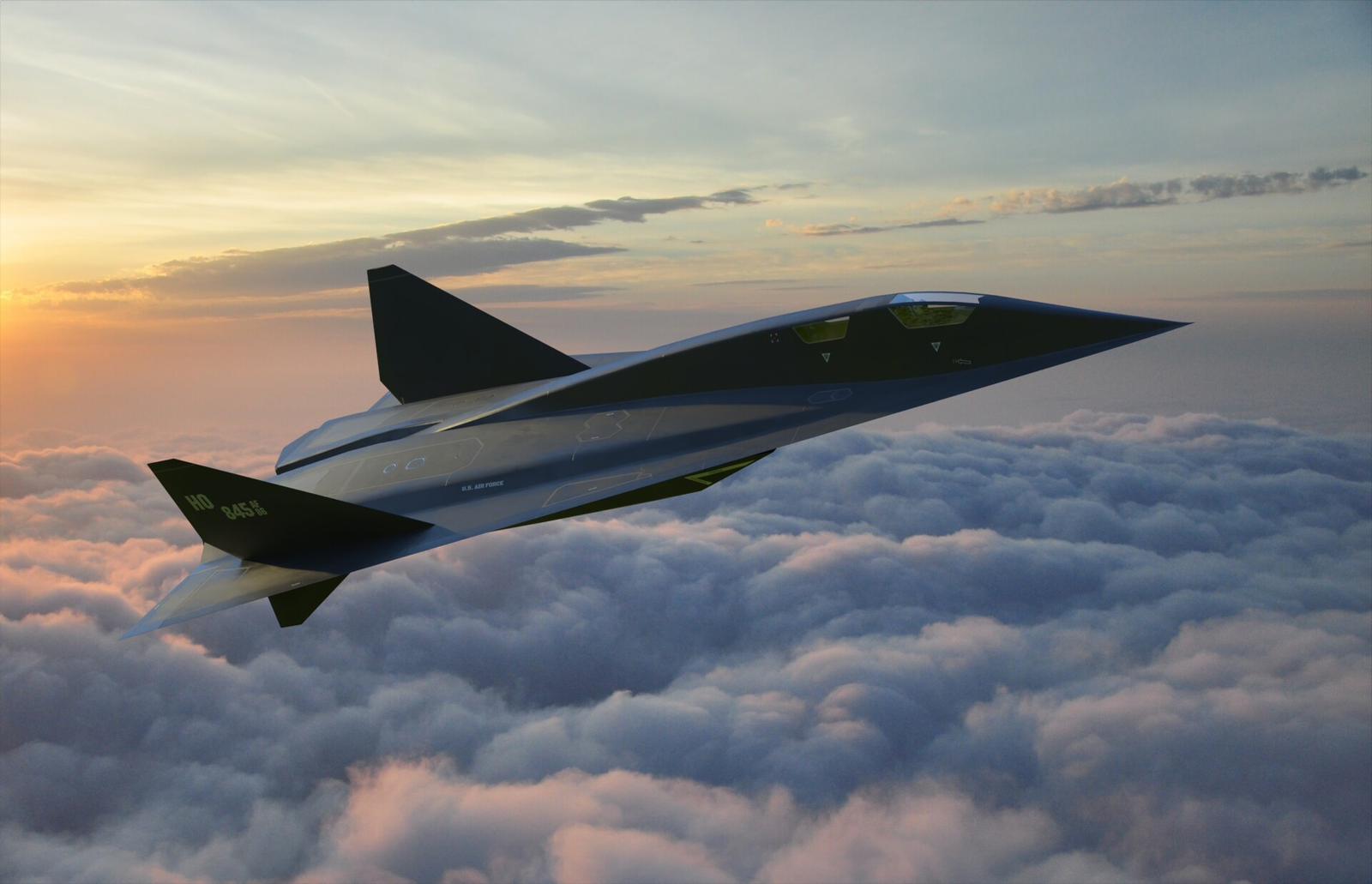
Few planes have captured the hearts of airplane enthusiasts and conspiracy theorists alike as the alleged SR-91 Aurora. Hailed as a hypersonic spyplane that could reach speeds over Mach 5 and operate at the boundaries of space, the Aurora has become one of the longest-lived legends in military aviation, despite never having been definitively proven to exist.

The Birth of a Rumor
The intrigue over the Aurora started in 1985, when a cryptic line in a U.S. Department of Defense budget report allocated $455 million to something vaguely described as “black aircraft production.” Lost in the fine print was a solitary word: “Aurora.” As the legendary SR-71 Blackbird was entering its twilight years, most believed this was the next phase—a faster, higher-altitude replacement tasked with conducting sensitive surveillance duties. The codename became so attached that it became the default nomenclature for what was perceived by many to be the next-generation spy aircraft.

Boom in the Sky
In the late ’80s and early ’90s, rumors of inexplicable sonic booms—typically referred to as “skyquakes”—were starting to appear, ringing out over Southern California. Seismographs detected them, but the military swore there was no known explanation. These enigmatic booms, combined with observations of strange contrails (referred to as “doughnuts on a rope”), fanned the flames. Some speculated that these patterns were from pulse detonation engines—an esoteric propulsion system hypothesized to be able to maintain hypersonic flight.

Eyewitness Accounts & Industry Rumors
One of the most widely reported sightings belonged to Chris Gibson, a qualified aircraft observer for the Royal Observer Corps, who reported observing a delta-shaped plane flying over the North Sea in 1989 in formation with two F-111s and a KC-135 tanker. There were other reports, some from alleged former military or industry personnel, of a ghostly aircraft flying in classified airspace or being warehoused at high-security installations such as Area 51.

Whispers within the defense community weren’t helping to soothe things, either. Leaked rumors and casual chatter by former contractors suggested programs unknown to the public, implying that the U.S. was potentially already testing aircraft that would leave the Blackbird in the dust.

The Reality Check
Even with all the gossip, there’s never been any concrete evidence to prove that the Aurora even exists. Ben Rich, the retired head of Lockheed’s Skunk Works (the group responsible for the SR-71 and F-117), once claimed “Aurora” was nothing more than a codename for a segment of the B-2 Spirit stealth bomber program m not a covert hypersonic aircraft. No photos, declassified papers, or physical remains have ever appeared to confirm the existence of the plane. That is in contrast to actual “black” aircraft such as the F-117 Nighthawk, which did see the light of day.

The Technology Problem
Even discounting the absence of evidence, the technological challenges to any hypersonic plane are enormous. Travel at Mach 5 or more demands materials that can absorb incredible heat, as well as propulsion technologies that remain largely experimental—even now. During the 1980s and ’90s, technology of this sort just wasn’t ready for operational use. Although subsequent projects like NASA’s X-43 and DARPA’s Falcon have expanded boundaries, none have been reported to achieve operational status in the manner that was envisioned with Aurora.

Why the Legend Persists
So why does the legend of the Aurora persist? It’s a combination of fact, uncertainty, and imagination. The U.S. military has a history of deep secrecy—remember, both the F-117 and B-2 were kept under wraps for years. Add to that a few sonic booms no one could explain, a budget line with a catchy name, and enough suggestive eyewitness reports, and you’ve got the perfect ingredients for a Cold War-era mystery that never quite went away.

And let’s be real—something is compelling about the notion that somewhere, somewhen in a hangar in the desert, there’s a plane that is capable of Mach 6 and flight at the edge of the atmosphere just waiting to be unveiled.

Whether the SR-91 Aurora ever actually flew or not, it represents something larger than itself: our fascination with the unknown, and our enduring belief that governments and engineers are always working on something just out of reach. Maybe one day, we’ll find out the truth. Until then, the Aurora will remain what it’s always been—a tantalizing mystery cruising just above the radar.
More related images you may be interested in:





